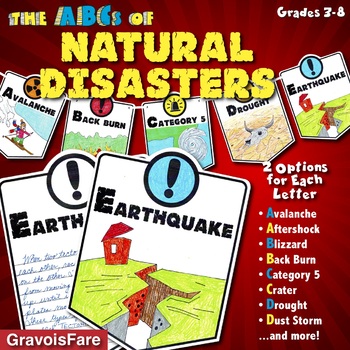


According to the model calculations, over a period of 100 years, earthquakes can be expected to cause economic damage of CHF 11 to 44 billion to buildings and their contents (such as furniture) alone. They account for around half of the estimated financial losses. The greatest building damage from earthquakes is expected in the cantons of Bern, Valais, Zurich, Vaud and Basel-Stadt. In addition, these cities have many buildings, some particularly vulnerable and often located on soft ground that amplifies seismic waves. Although the earthquake hazard in these regions differs, all five cities have, by virtue of their size, a large number of people and assets that would be affected by an earthquake. Greatest risk in urban areasĪccording to the new model, the greatest earthquake risk is in the cities of Basel, Geneva, Zurich, Lucerne and Bern, in that order. The earthquake risk model combines detailed information on earthquake hazard, the influence of local subsoil, the vulnerability of buildings, and the people and assets affected. While earthquake hazard estimates how often and how strongly the ground could shake at given locations in the future, earthquake risk describes the effects on people and buildings. The model now being published makes it possible for the first time to soundly quantify expected earthquake damages. Although they occur less frequently than other natural hazards, they can cause significant damage. This means that earthquakes are among the greatest risks facing Switzerland, along with pandemics and power shortages. Statistically speaking, every person in Switzerland will experience at least one earthquake causing serious damage in their lifetime. In addition, the benefits of the model and its contribution to earthquake preparedness and risk management were highlighted from different perspectives. At the event for professionals, more than 250 participants from the federal government, cantons, industry and academia learned more about the sub-components of the earthquake risk model, the results, the products developed and their areas of application.

#Earthquake bulletin tv#
A selection of TV reports is linked below. In addition, two events were held on this day to present the model to the media and to professionals. A brief description and direct links can be found below. In the course of the publication, numerous products were made available that make it possible to explore the earthquake risk in Switzerland. On 7 March 2023, after several years of intensive research, the Swiss Seismological Service (SED) at ETH Zurich, together with the Federal Office for the Environment (FOEN) and the Federal Office for Civil Protection (FOCP), published Switzerland's first publicly accessible earthquake risk model ( see news article of 7 March). Weitere Nachbeben sind durchaus wahrscheinlich. März: Magnitude 3.0) wurden von der Bevölkerung in der Epizentralregion teilweise leicht verspürt. In den ersten fünf Tagen hat der SED zu diesem Beben sieben Nachbeben gemessen. Bei einem Erdbeben der Stärke 4.3 können möglicherweise in der Nähe des Bebens kleinere Schäden auftreten, ernsthafte Schäden sind aber nicht zu erwarten. In der ersten Stunde nach dem Erdbeben sind beim Schweizerischen Erdbebendienst an der ETH Zürich über 1'000 Verspürtmeldungen eingegangen, Schäden wurden bisher nicht gemeldet. Auch aus dem westlichen Mittelland bis nach Lausanne, Bern, Luzern und Zürich gab es Meldungen, dass das Beben verspürt wurde. März 2023 hat sich um 15:50 Uhr (Ortszeit) bei Réclère (JU), 12 km südwestlich von Porrentruy (JU), in einer ungefähren Tiefe von 6 km ein Erdbeben der Magnitude 4.3 ereignet.ĭie Erschütterungen des Bebens waren im Jura deutlich zu spüren. Change at the Head of the Swiss Seismological ServiceĪm Mittwoch dem 22.Special Projects & International Collaboration.Earthquake Early Warning Display (EEWD).Geothermal Energy and Induced Earthquakes.


 0 kommentar(er)
0 kommentar(er)
